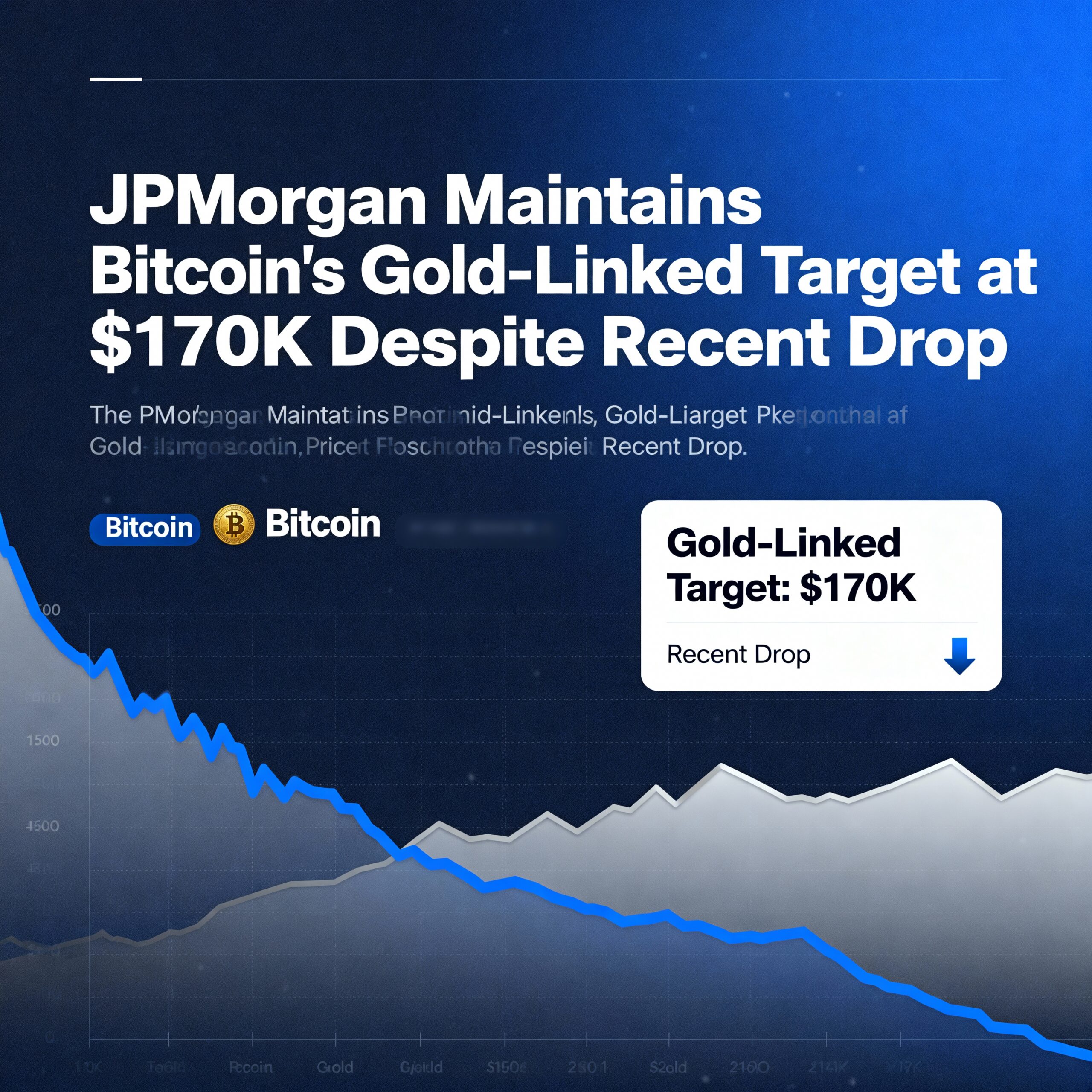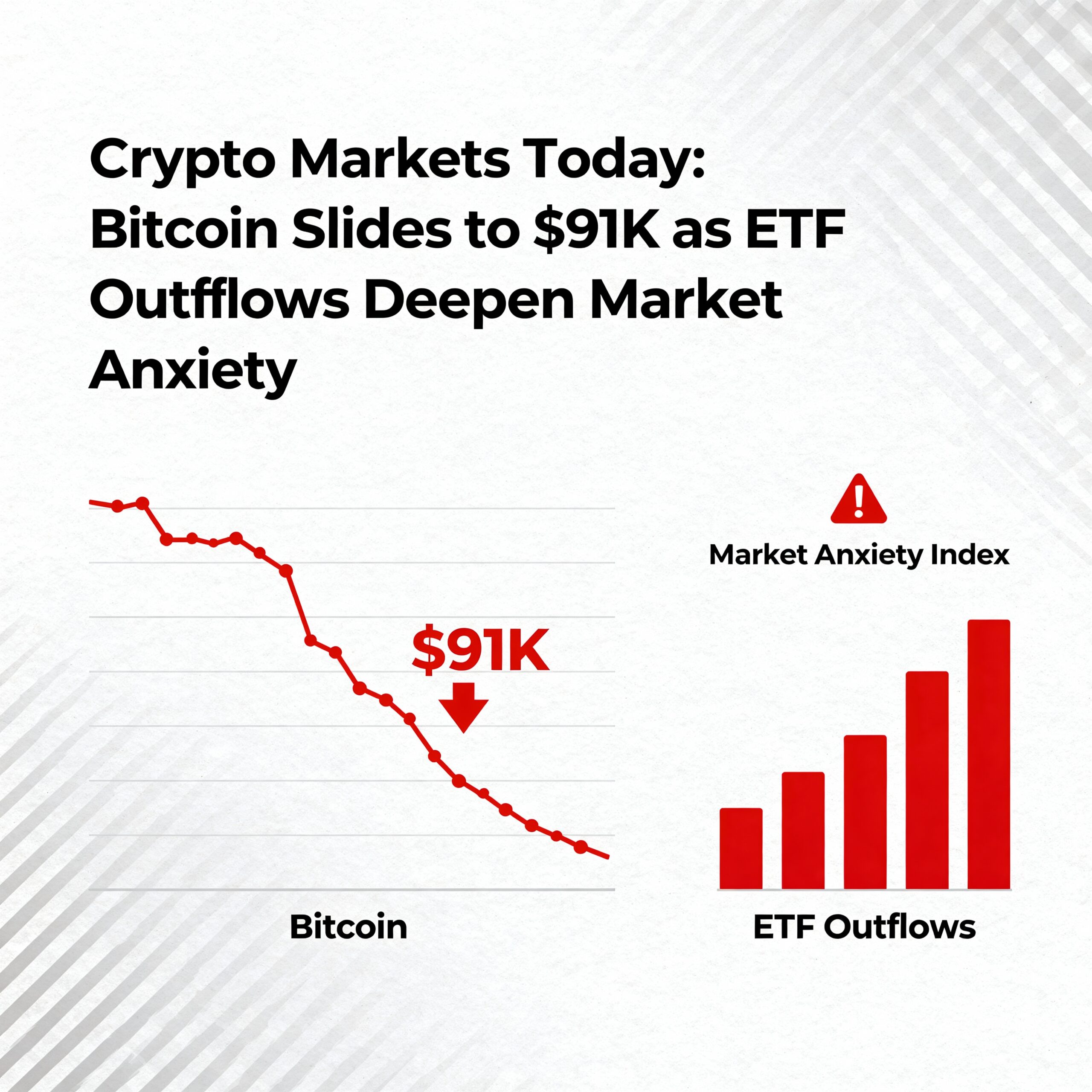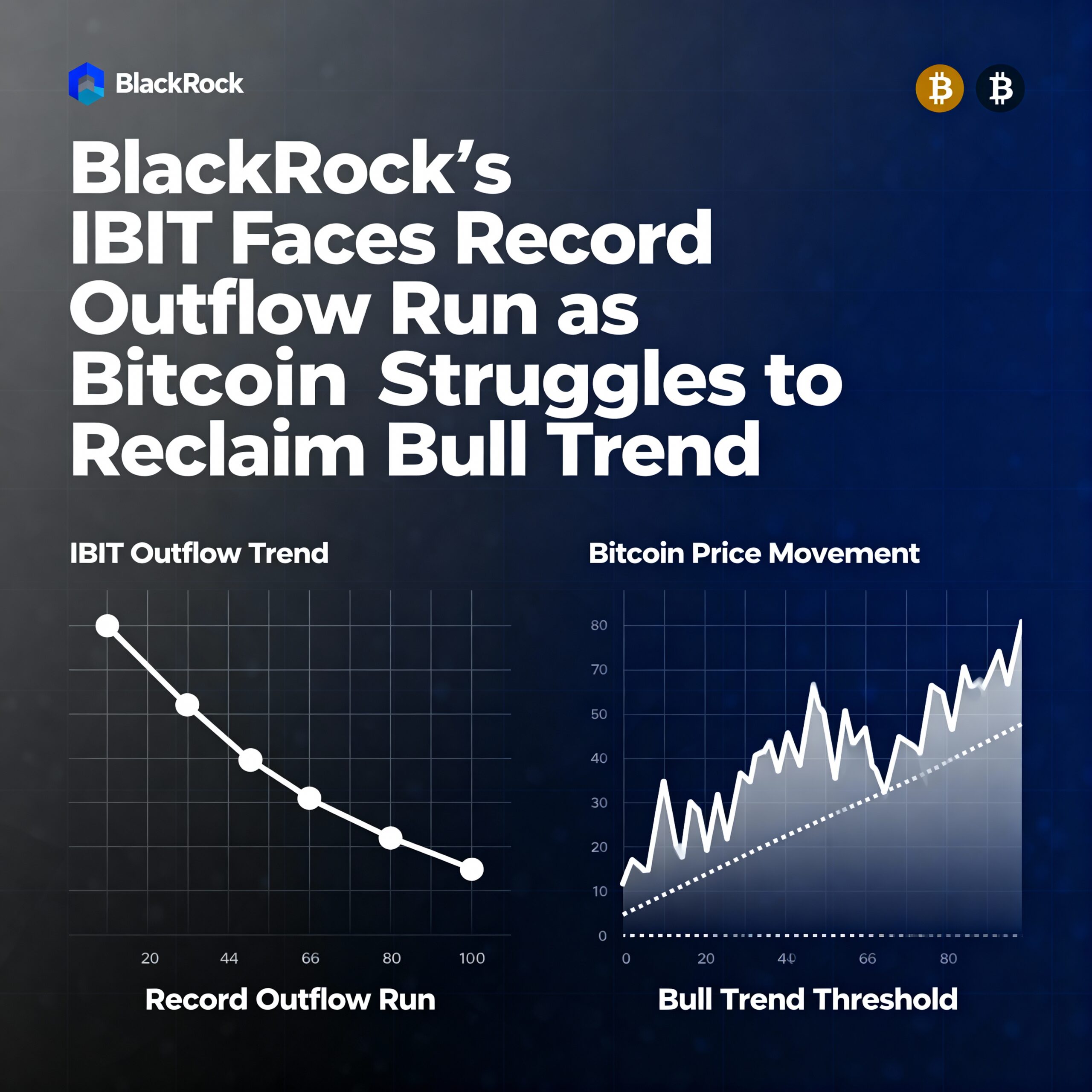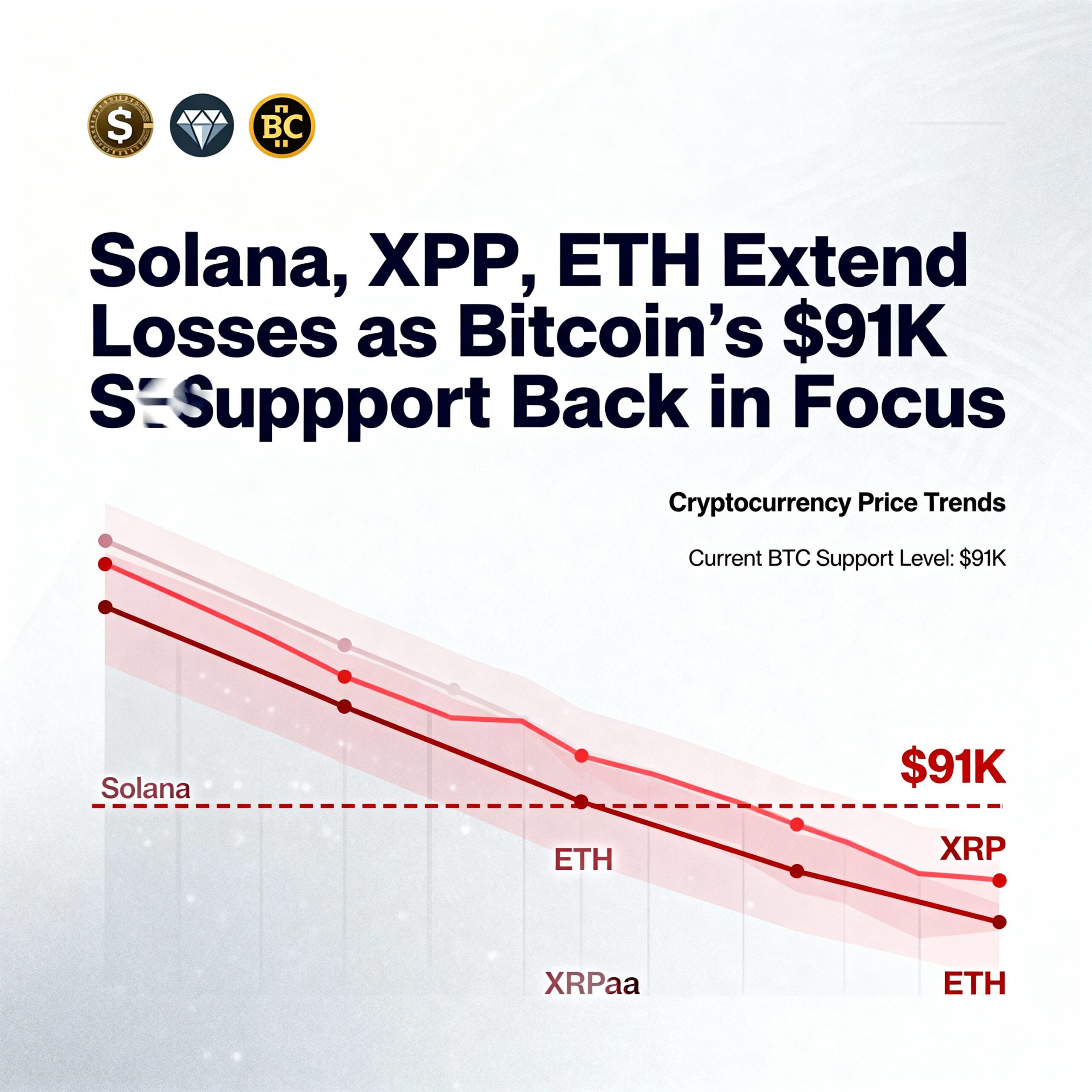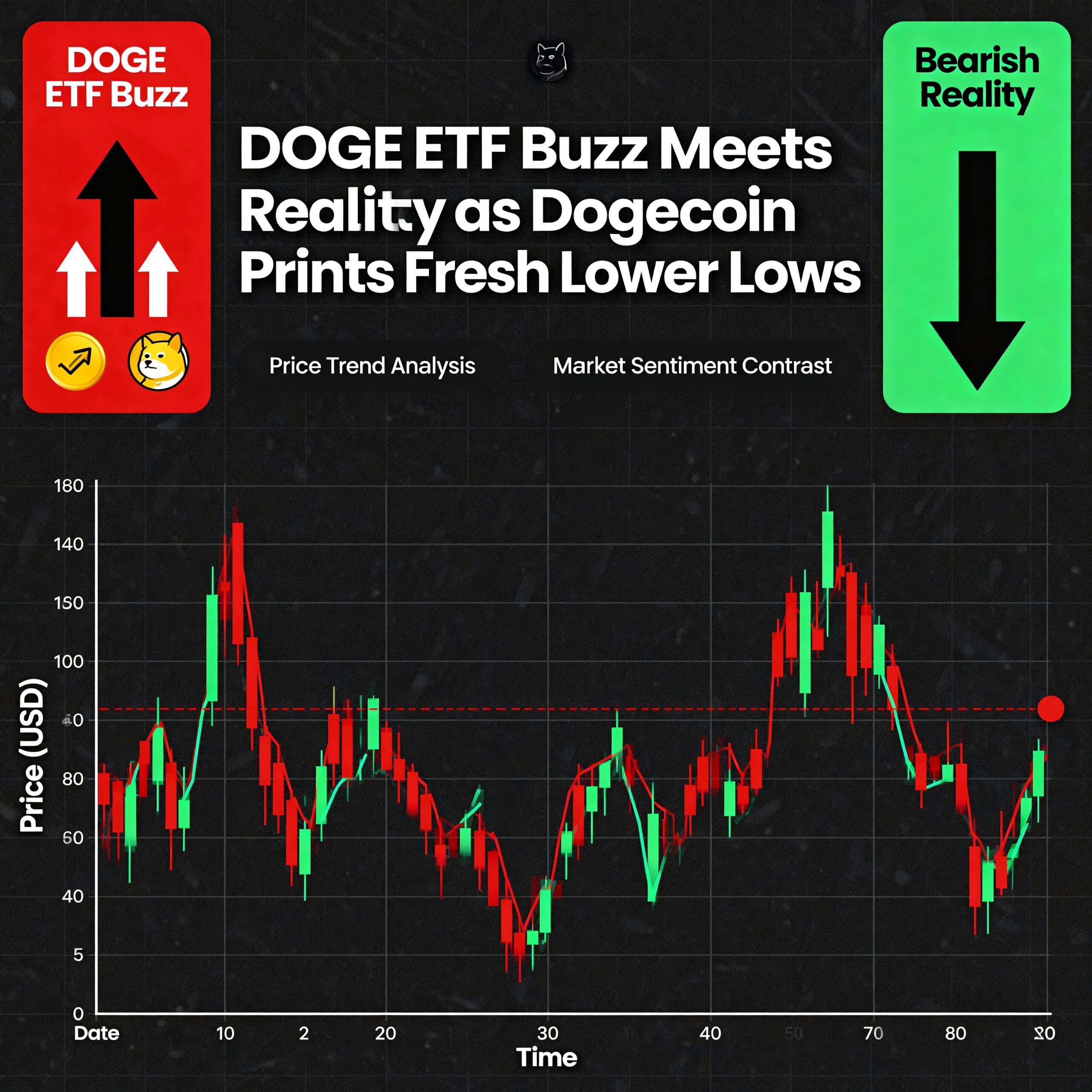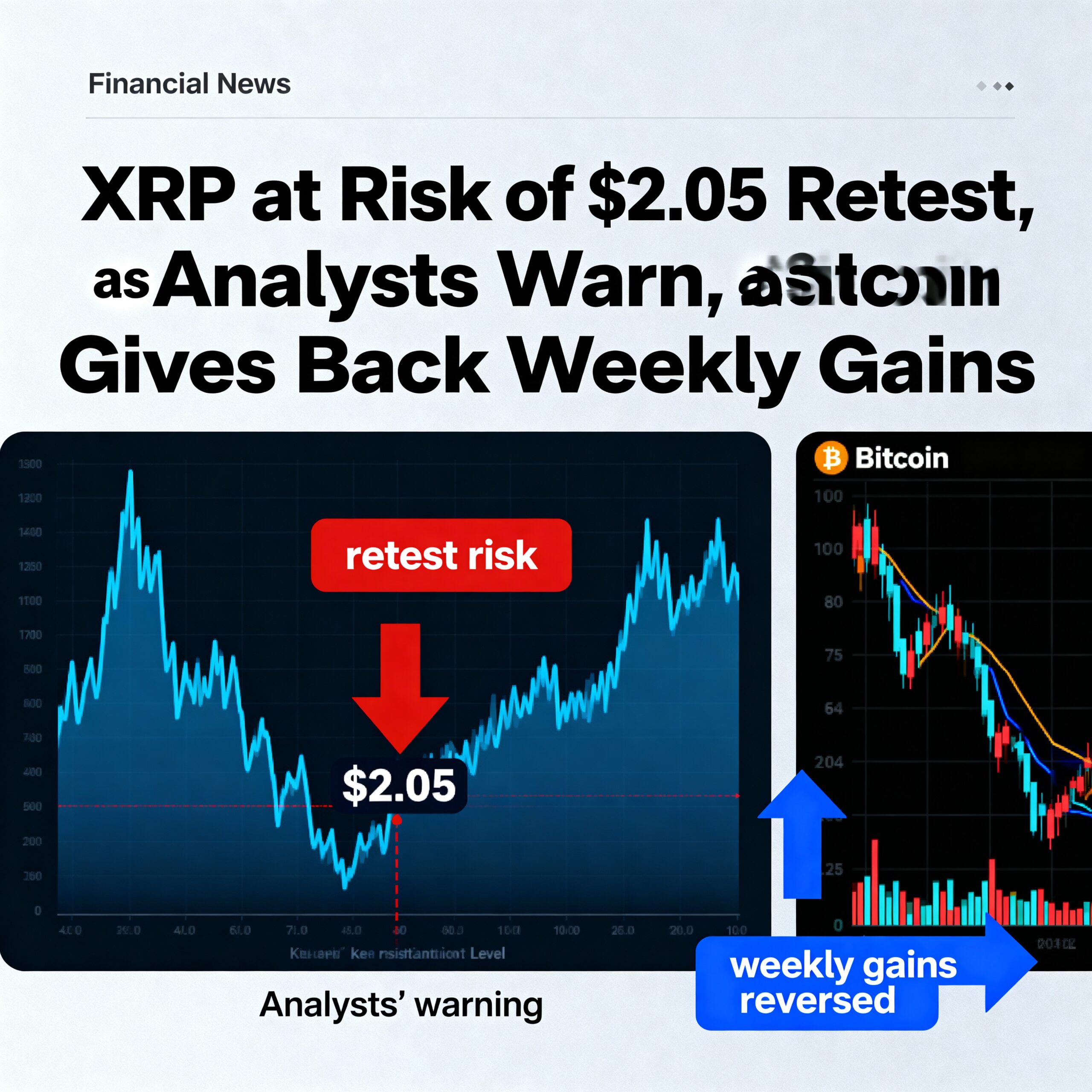
Ether’s Weak Showing Against Bitcoin Reflects Market Trends, Not Fundamental Weakness, Says Analyst
Ether (ETH), the second-largest cryptocurrency by market cap, has posted its weakest performance relative to bitcoin (BTC) in any bull cycle since Ethereum’s launch in 2015, signaling a shift in investor sentiment.
Analyzing historical ether-to-bitcoin ratios from previous cycles shows a pattern of diminishing returns. The ongoing cycle, which began in November 2022 when bitcoin hit a low of $15,500 following the FTX collapse, has seen ether consistently underperform relative to BTC.
On Wednesday, the ether-to-bitcoin ratio fell below 0.0300, reaching 0.02993—a four-year low. The previous bottom was recorded on January 19, just before President Trump’s inauguration. The ratio has dropped 15% this month and 44% over the past year, underscoring the widening gap between the two assets.
At present, bitcoin trades at approximately $105,000, rebounding from a dip to $98,000 caused by the launch of DeepSeek, a Chinese AI program. Ether, sitting at $3,202, would need to rise to about $3,360 to reverse its recent losses.
According to Andre Dragosch, head of research at Bitwise’s European division, this trend doesn’t necessarily indicate weakness in ether but rather the growing dominance of bitcoin. “Ether struggles with a ‘middle child’ problem—it’s not as efficient as smart contract competitors like Solana (SOL), nor does it challenge bitcoin’s status as the ultimate store of value,” Dragosch said.

